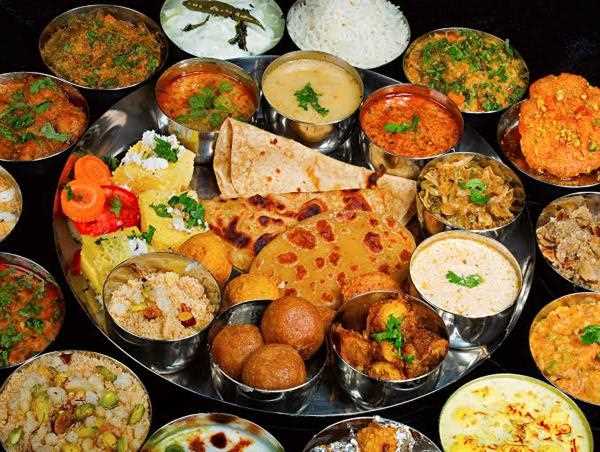
Indian cuisine and culinary traditions have evolved over centuries, shaped by diverse factors such as geography, trade, religion, invasions, and cultural exchanges. The development of Indian cuisine is a fascinating journey that reflects the country's rich history and multicultural influences.
Ancient Roots: Indian culinary traditions have ancient roots dating back to the Indus Valley Civilization (around 2500 BCE). Archaeological findings reveal evidence of early farming, domestication of animals, and the use of various spices and herbs.
Vedic Influence: The Vedic period (1500–500 BCE) contributed to the development of Indian cuisine. The Vedas, ancient texts, mention food offerings and rituals, highlighting the importance of agriculture, dairy products, and grains like rice and barley.
Regional Diversity: India's vast geographical expanse has led to a remarkable regional diversity in its cuisine. Each region has its own distinct flavors, ingredients, cooking techniques, and staple foods. From the spice-infused curries of South India to the aromatic biryanis of North India, the regional variations showcase the cultural tapestry of the country.
Foreign Invasions and Influences: Over the centuries, India witnessed various foreign invasions, including the Mughals, Persians, Greeks, Portuguese, and British. These interactions resulted in a fusion of culinary traditions, introducing new ingredients, spices, and cooking techniques. For instance, the Mughals brought the concept of tandoori cooking, while the Portuguese introduced chili peppers.
Ayurvedic Principles: Ayurveda, the ancient Indian system of medicine, has influenced Indian cuisine. It emphasizes the use of spices and herbs for their medicinal properties and the balance of flavors and elements in meals for optimal health. Ayurvedic principles advocate for a harmonious blend of tastes, including sweet, sour, salty, bitter, pungent, and astringent.
Vegetarianism and Jain Influences: India has a long-standing tradition of vegetarianism, influenced by religious beliefs such as Hinduism and Jainism. Vegetarian cuisine in India is diverse and creatively utilizes ingredients like lentils, pulses, vegetables, and dairy products to create flavorful and nutritious dishes.
Street Food Culture: Indian street food holds a prominent place in the culinary landscape. Chaat, dosas, samosas, pav bhaji, and various snacks and sweets offer a burst of flavors and textures. Street food vendors across India offer quick, affordable, and delicious treats that reflect regional specialties.
Modern Culinary Innovations: With globalization and increased exposure to international cuisines, India has witnessed culinary innovations and fusion dishes. Chefs have experimented with traditional recipes, combining Indian ingredients with international flavors and techniques, giving rise to a modern Indian culinary scene.
Spices and Flavor Profile: Indian cuisine is renowned for its vibrant and complex flavors, largely attributed to the skillful use of spices. A wide range of spices, including turmeric, cumin, coriander, cardamom, cinnamon, and mustard seeds, lend depth and aroma to Indian dishes.
Hospitality and Festive Culture: Indian culinary traditions are intertwined with hospitality and festive celebrations. Traditional feasts and communal meals, such as weddings and festivals, showcase the diversity of Indian cuisine and the importance of food in bringing people together.